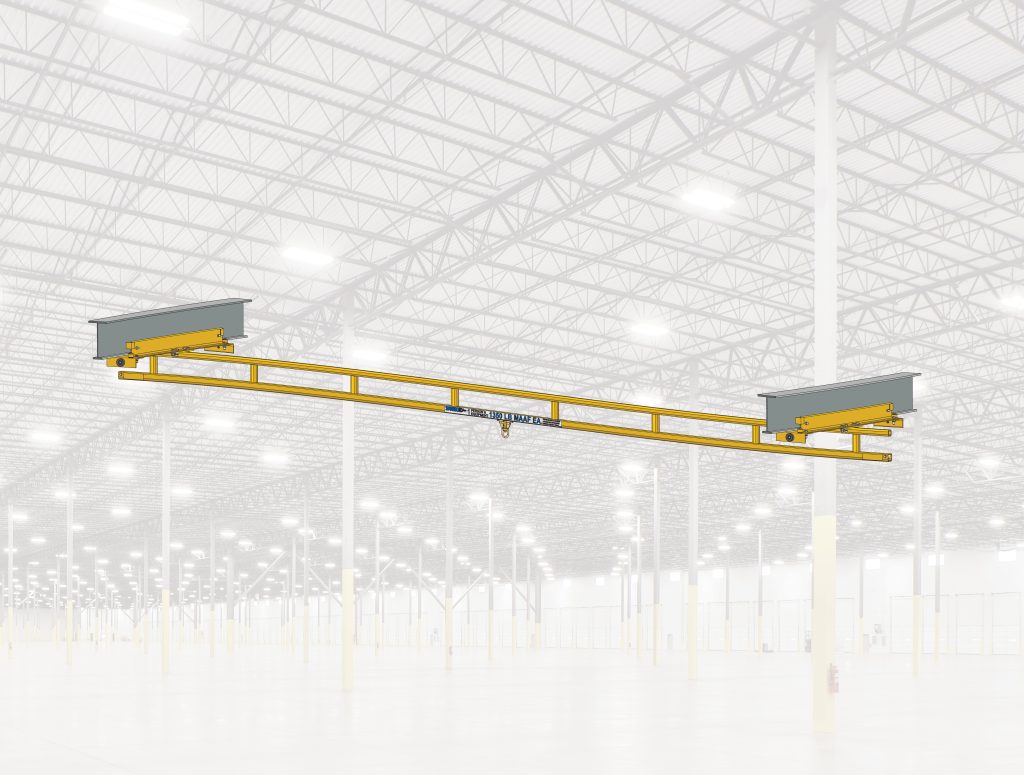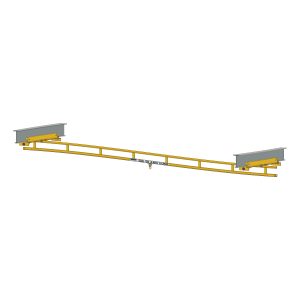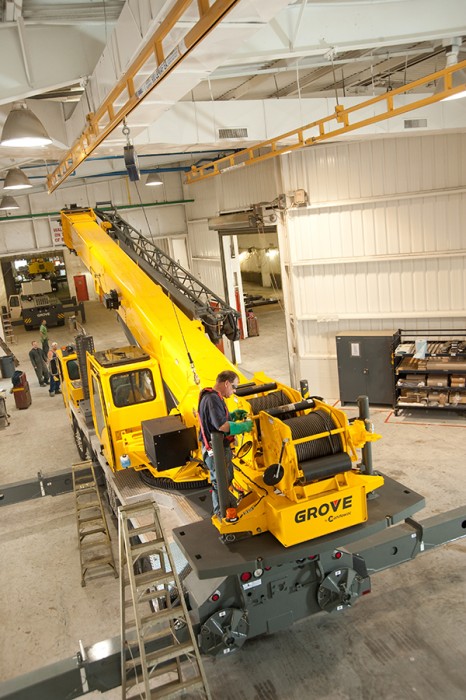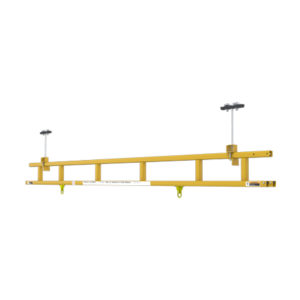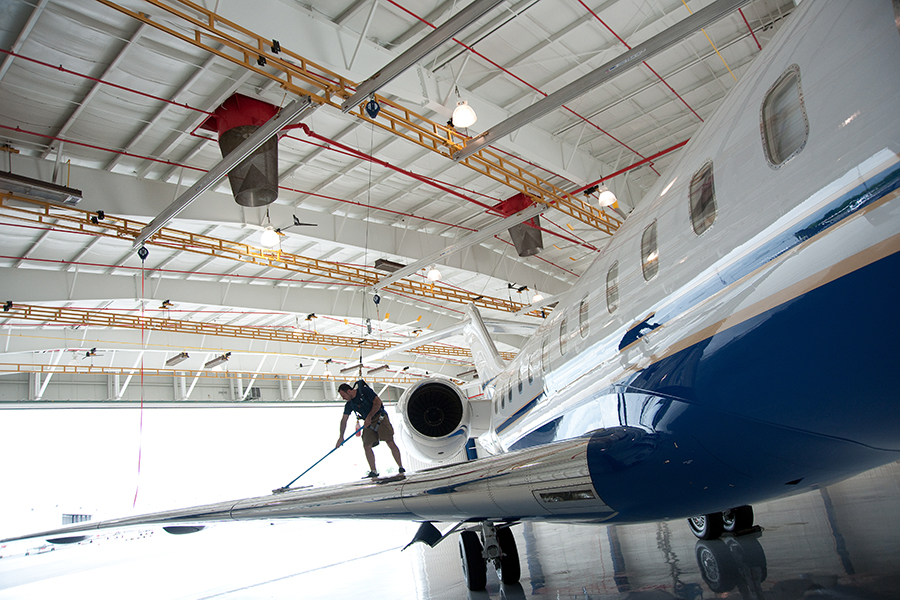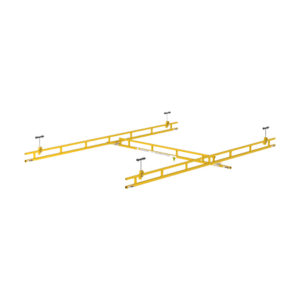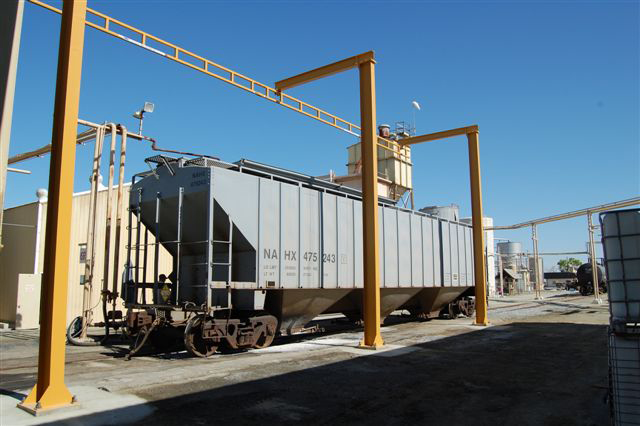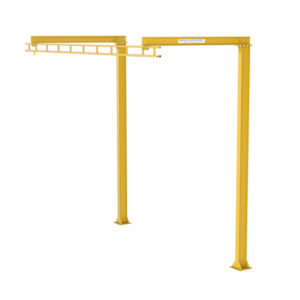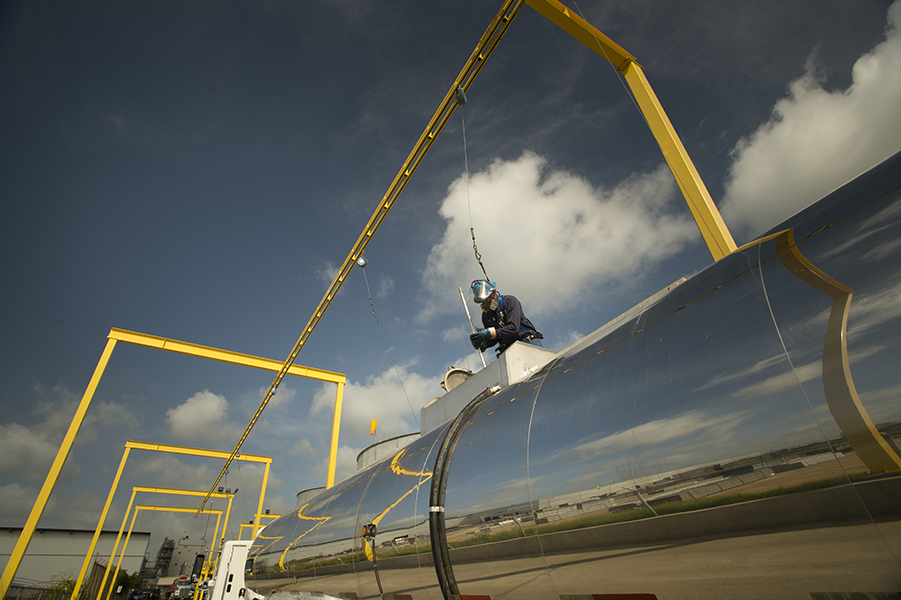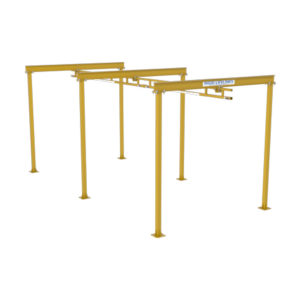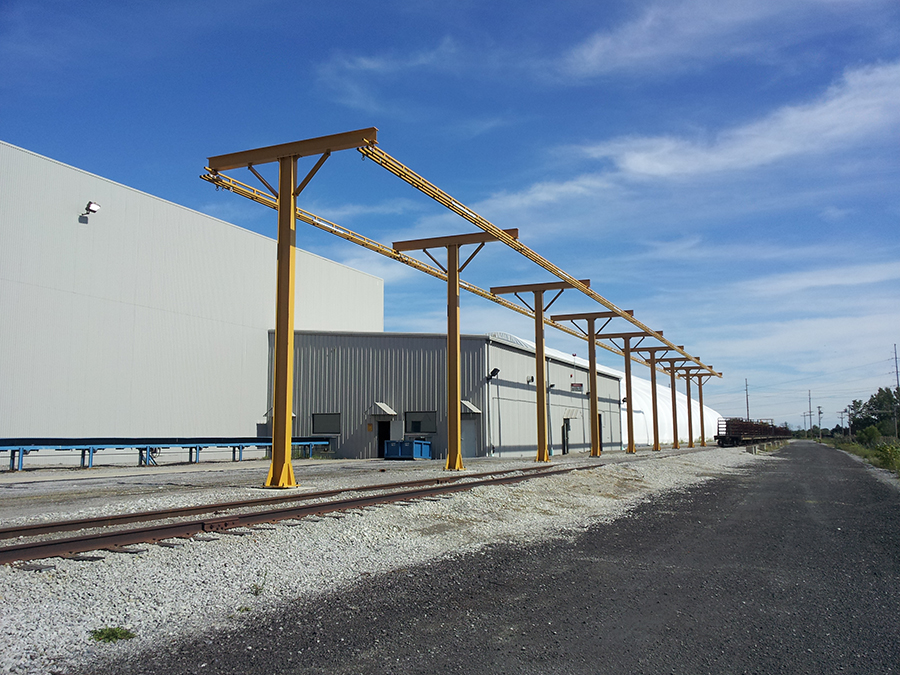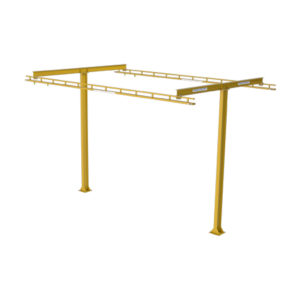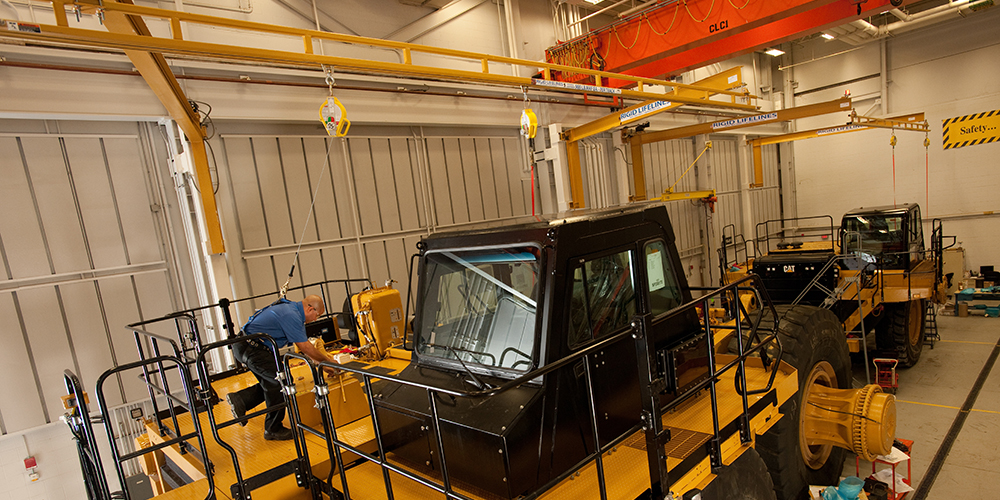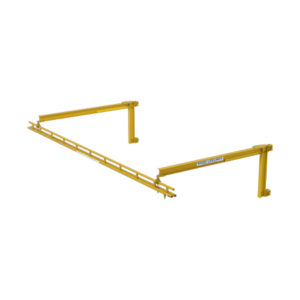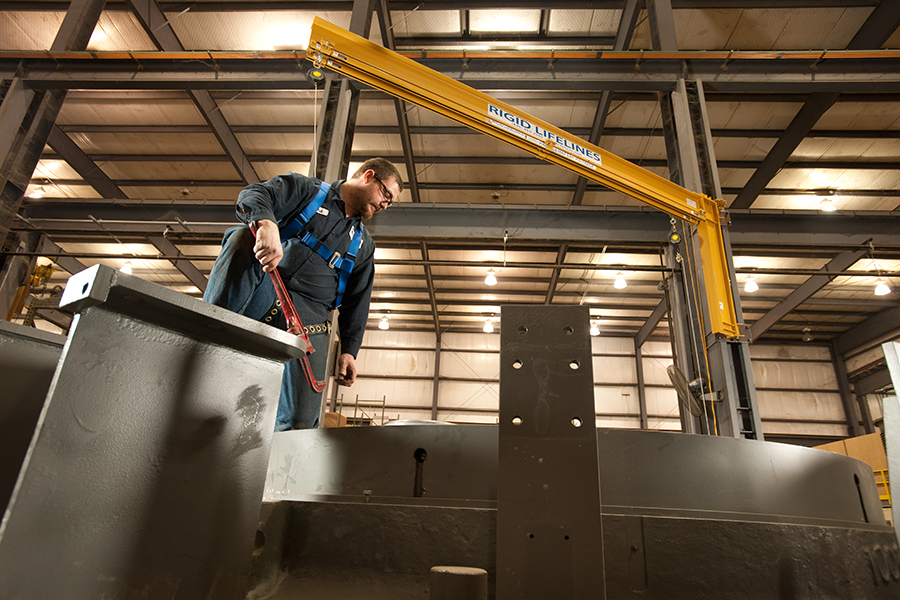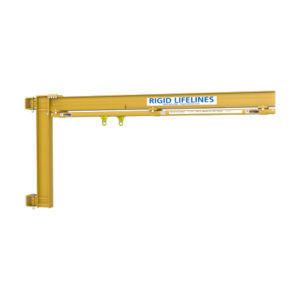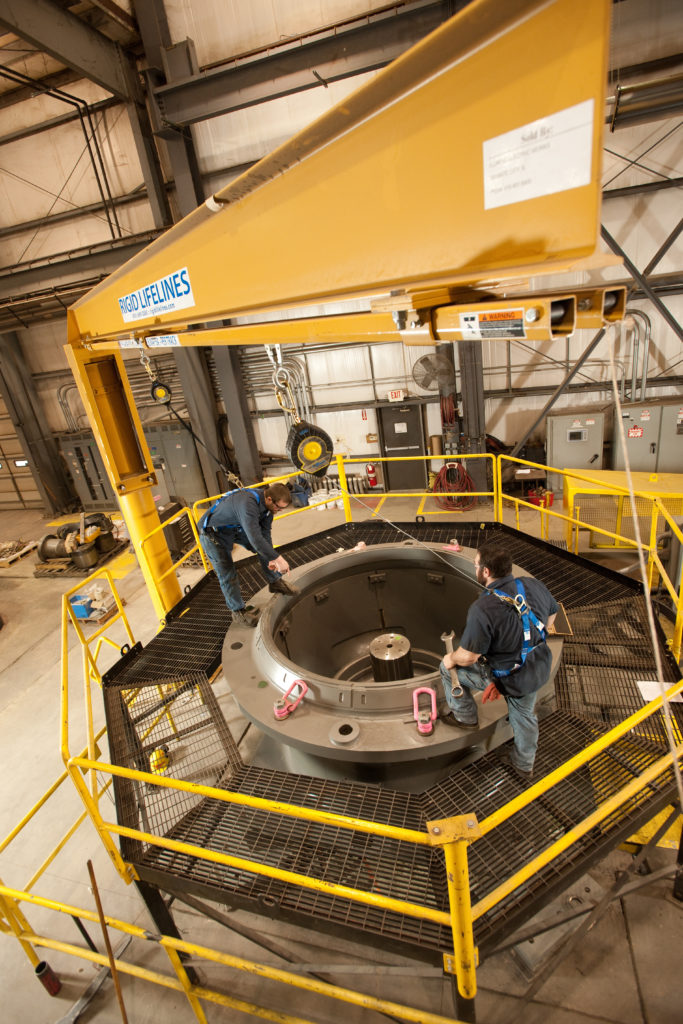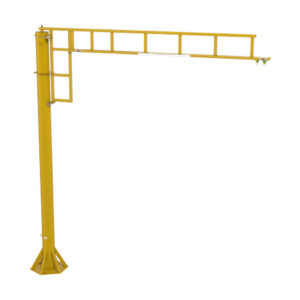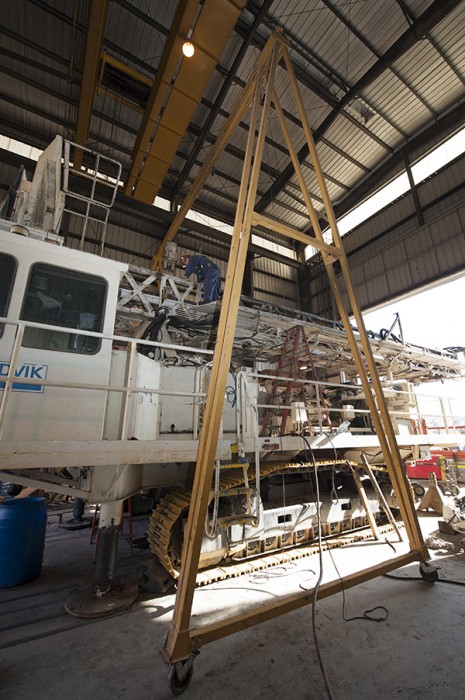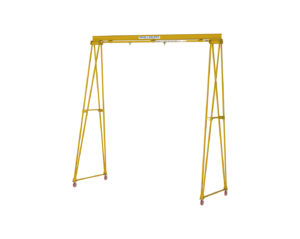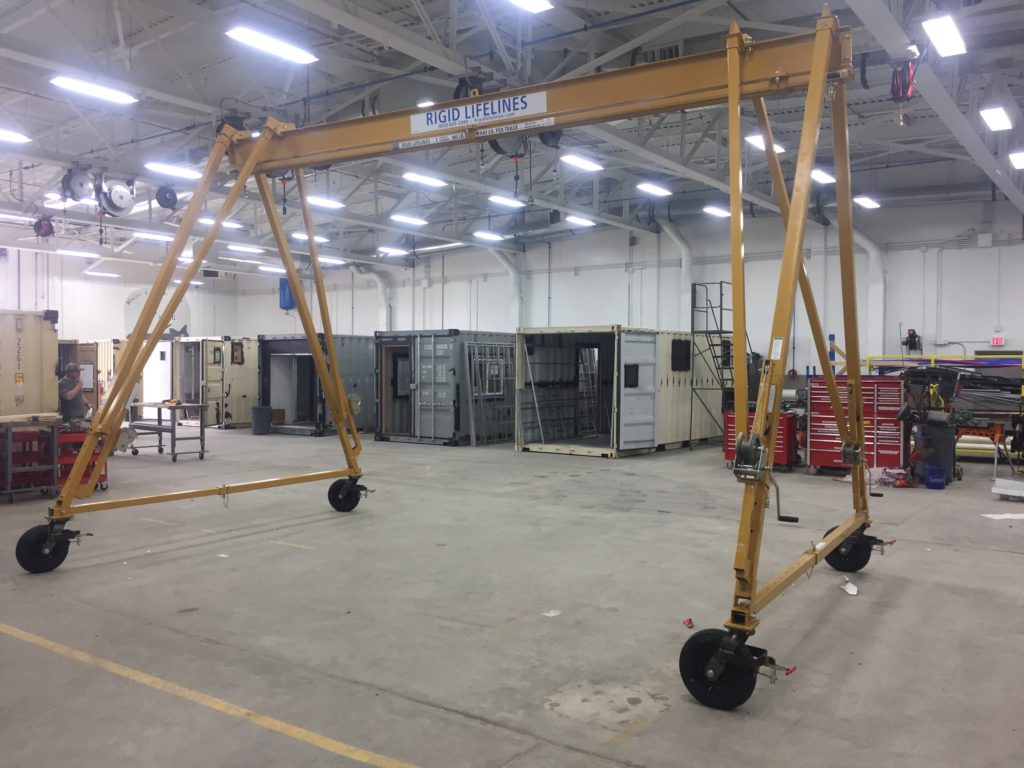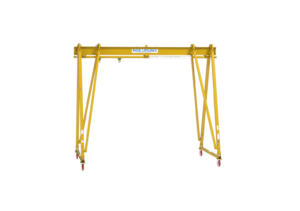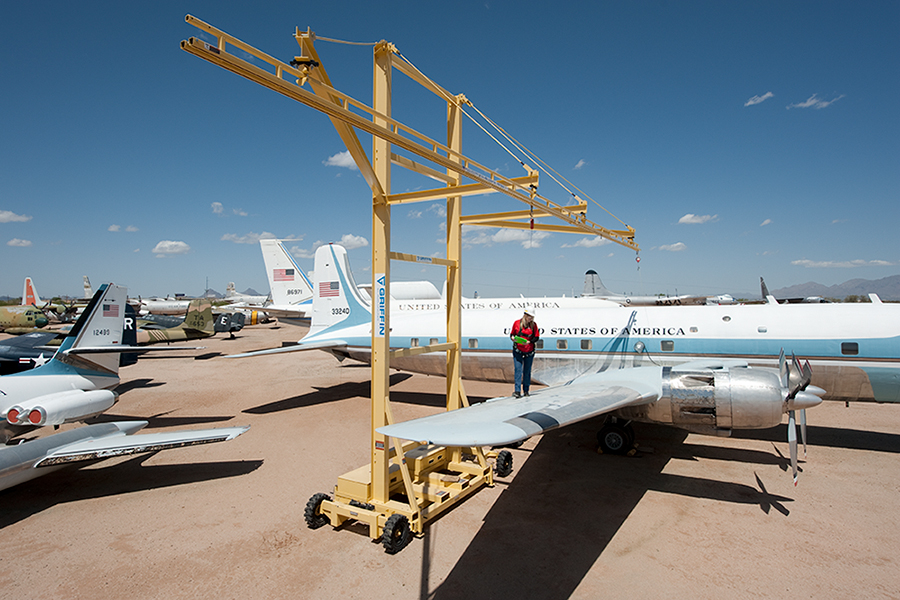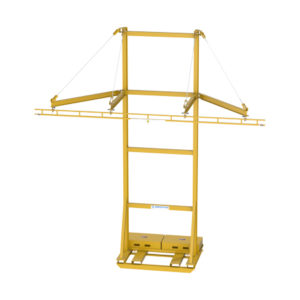Products
Find your fit
Speed up your search for fall protection
At Rigid Lifelines®, we understand that each system must:
All of our fall protection systems that meet OSHA and ANSI fall protection codes. Plus, if our standard systems don’t meet your needs, our engineers can customize any of our systems to meet the needs of virtually any application: low ceilings, high ceilings, inadequate ceilings, minimal floor space, temporary workspaces, or outdoors.
Safe & Reliable
Our Products
FIND YOUR PERFECT-FIT PRODUCT
Fall Protection Systems
Using outdated fall protection equipment or going without a safety fall arrest system can have serious consequences. Of the 1,008 construction deaths in 2018, 338 of those workers died by falling. Fall protection systems are the key to reducing those numbers and giving workers essential tools for jobsite safety.
Our service stretches from coast to coast. From rigid rail enclosed track systems to full-body harnesses and custom components, our selection of fall protection solutions and accessories makes workplaces across the country safer.
What Are Overhead Fall Protection Systems?
Safety fall arrest systems are dependable pieces of equipment that reduce the risk of injury or even death in the event of a fall from height. Fall protection is a centuries-old practice, and modern systems are regulated differently than historical systems. By updating the ways you prevent — and help workers self-rescue after — fall incidents, you can make high-risk jobs safer for everyone on-site. These solutions have applications in industries including construction, trucking, aviation, maintenance, and agriculture.
Rigid Lifelines® sells overhead fall protection solutions, such as Anchor Track® systems and components, accessories, and material handling equipment. Dealers and employers should choose the products that work best for their clients or employees. One of the most important considerations in making that decision requires understanding the difference between active and passive systems.
Anchor Track® Active and Passive Fall Protection Systems
Passive fall protection systems are stationary pieces of equipment that protect workers from falling. Fall restraint system products limit workers' movement by keeping their center of gravity away from holes or edges of the surface. Some examples of passive fall protection equipment include guardrails and manhole covers.
Active fall protection systems attach to workers directly and act as safety fall arrest systems. This equipment keeps workers from falling to the ground and prevents impact if they lose their balance. An active fall protection system requires training, and workers have to manipulate these systems more often. Still, an active solution can save a worker's life in the event of a fall.
Fall Protection Equipment and Accessories
Rigid Lifelines® is proud to offer Anchor Track® system equipment and accessories. Our products help crews work more safely and let dealers and business owners select the most valuable safety solutions for their needs.
Our high-quality fall arrest system products and accessories include user-friendly and durable self-retracting lanyards (SRLs) and full-body harnesses. Our selection of full-body harnesses features five points of adjustability with padding around the legs, waist, back, and shoulders for ultimate comfort. Our SRLs are lightweight and durable to withstand the requirements of the jobsite. Pair these accessories with any Rigid Lifelines® fall protection system at a cost-effective price.
Why Choose Us?
Choose Rigid Lifelines® as your overhead fall protection manufacturer. We stay up to date on fall protection codes and ensure each of our custom fall protection systems meets those guidelines. We even serve on some of the committees that create those recommendations for worker safety.
Our reliable rigid rail enclosed track systems reduce how far a worker falls. Unlike wire or cable systems that deflect, our safety fall arrest systems stop falls as early as possible while putting the least amount of stress on workers' bodies. After a fall, many systems must undergo certification again, and some components may need replacement. Our systems simply require a visual inspection to check for damage.
Another benefit of trusting Rigid Lifelines® as your fall protection manufacturer is the convenience of our bicoastal manufacturing facilities. Our Nevada and Pennsylvania factories allow us to serve customers anywhere in America. We also have the flexibility and space for custom orders, high demand, and fast shipping for stock replacement parts. We have experience with large, individualized projects, and our case studies prove that expertise.
OSHA and ANSI Standards
Fall protection regulations and guidelines come from two sources — the Occupational Safety and Health Administration (OSHA) and the American National Standards Institute (ANSI). Both entities create and update their standards as safer practices emerge.
OSHA's fall protection policies include:
- Reasonable working conditions. Employers must ensure the jobsite is free of known hazards or clear and present dangers.
- Training. Workers have a right to fall safety training and information about job site hazards. This training must be in a language they understand.
- Guards. Employers must provide means of fall protection to employees around other hazards. These measures can include guardrails, toe boards, and manhole covers. This requirement applies to maintenance holes, open side platforms, and any environment in which workers can fall near dangerous equipment.
- Additional protection. Employers must provide other fall protection solutions, such as harnesses, handrails, and safety nets if a specific job requires them.
Some of ANSI's fall protection recommendations are:
- Administrators: A program administrator is an individual with a thorough understanding of fall hazards and how they can control them. An administrator takes responsibility for the fall protection system.
- Qualification and competency: A competent person oversees the daily use of the fall arrest system. A qualified person should have the same experience, plus an advanced understanding of the existing regulations and applicable scientific principles.
- Training and retraining: New hires should be trained on fall hazards and inspect their fall protection systems before putting themselves at risk. Experienced employees should be exposed to retraining to keep job safety in mind.
Reach Out to One of Our Dealers or Contact Us to Learn More
Rigid Lifelines® partners with reputable dealers across the country. These relationships allow us to serve clients in diverse areas and industries. Our experts are available to answer your questions, and we can help you find a Rigid Lifelines® sales representative in your area.
Want to speed up your search for the right fall protection solution? Call our Technical Sales Support Specialists at 800-869-2080 or contact your local Rigid Lifelines’ representative today. Fill out our online contact form for more information about custom fall protection solutions from Rigid Lifelines®.

